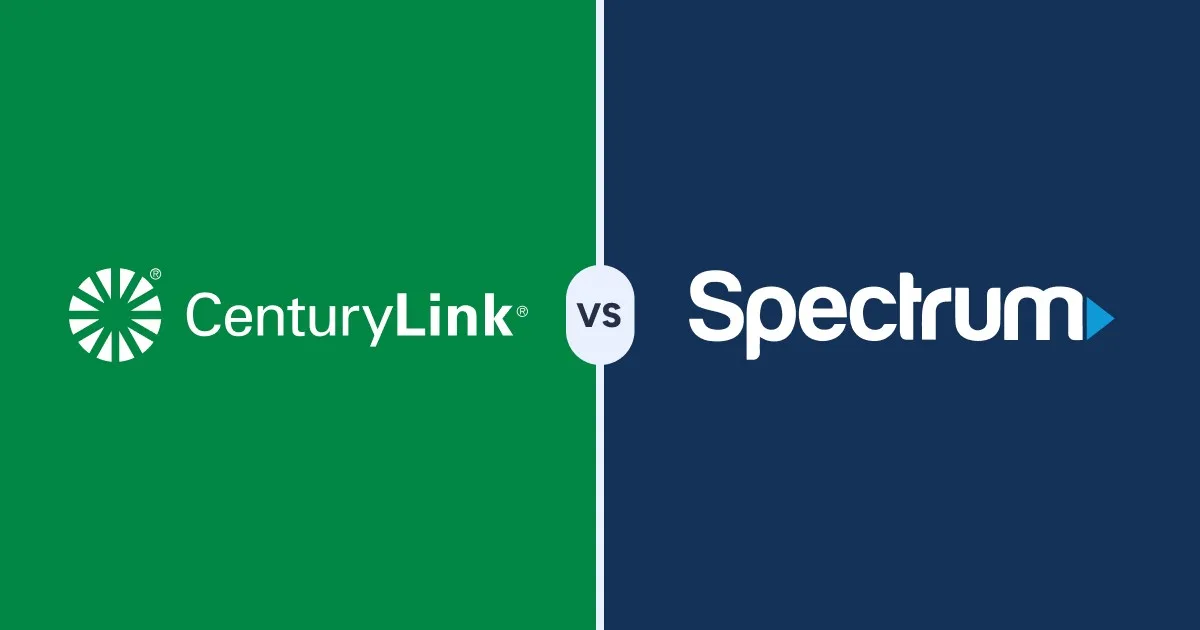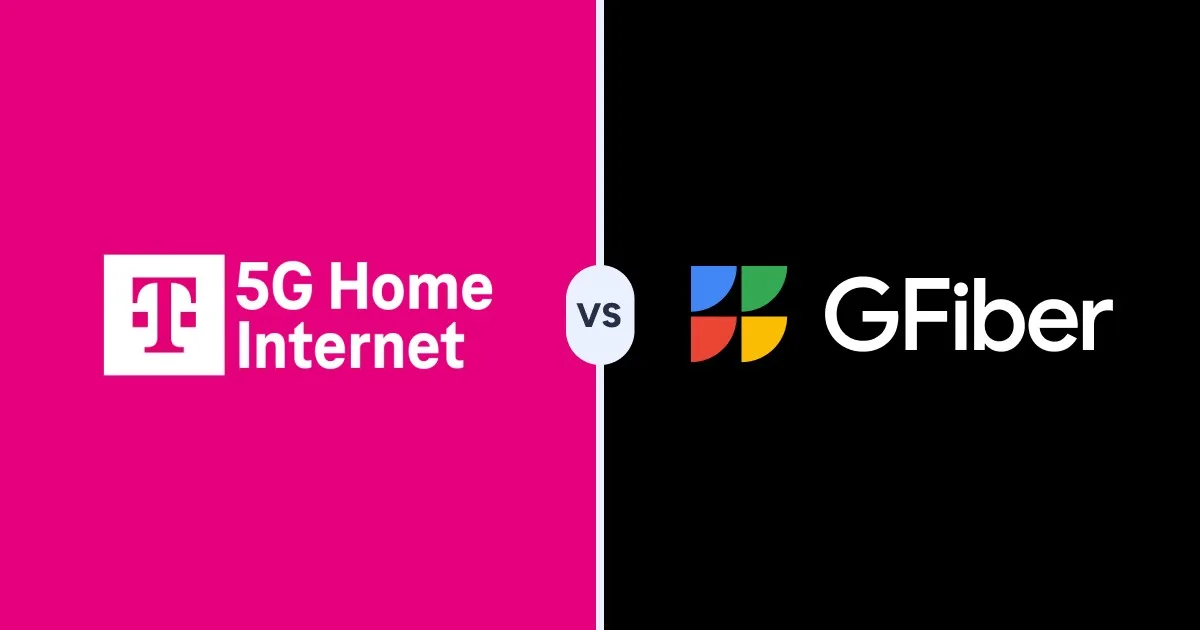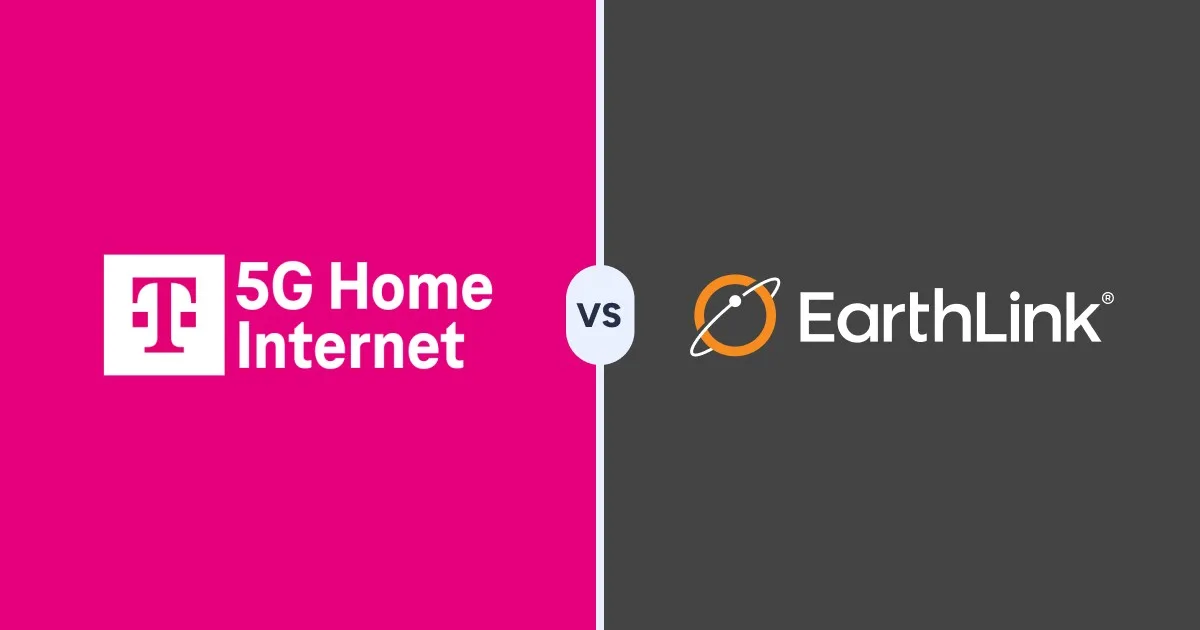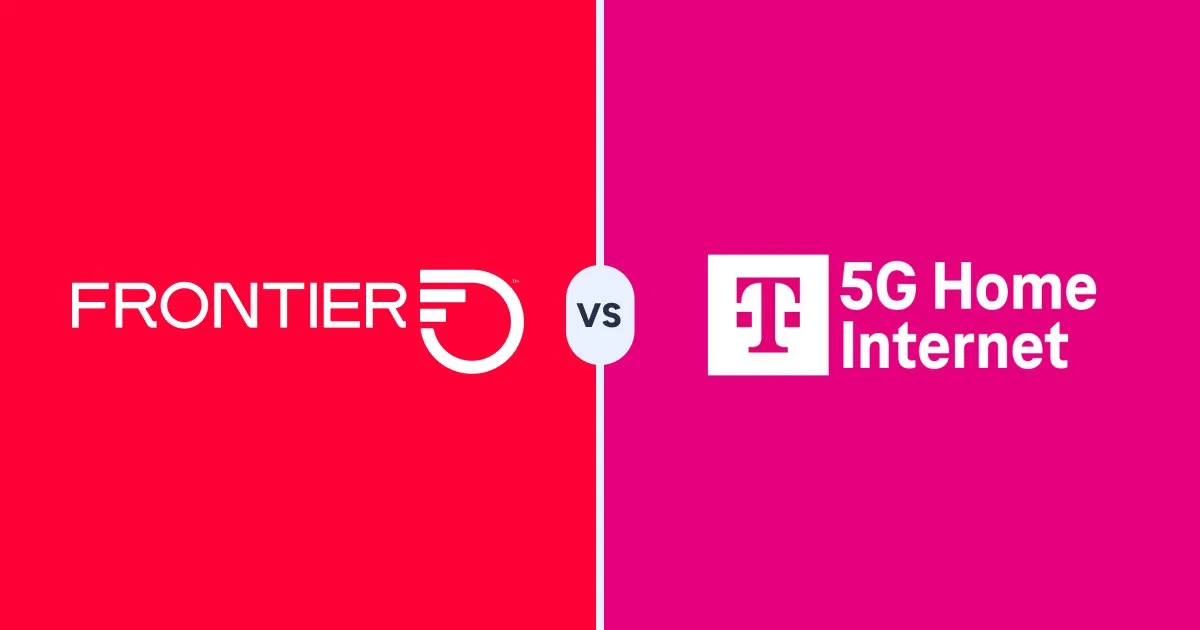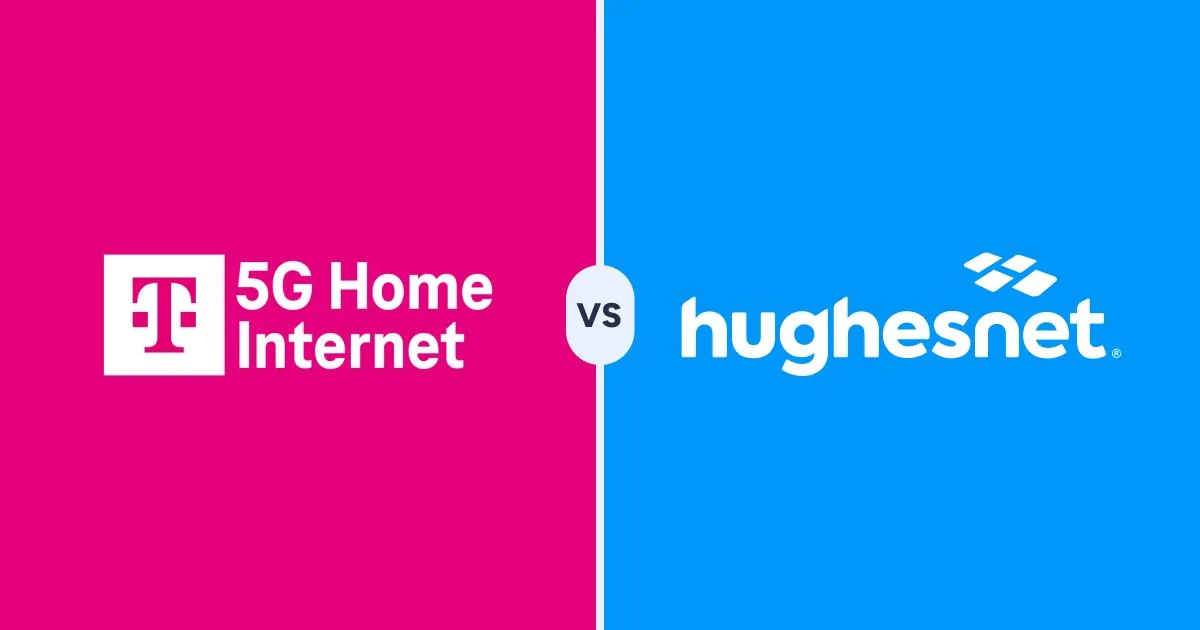Starlink vs. Viasat: Which Internet Provider Is Best for You?
Do you prefer living on the cutting edge or relying on proven solutions?
Aug 28, 2025 | Share
Provider Comparisons (Versus)
-
Lowest latency
- Price: Starting at $80.00/mo.†
- Customer rating: N/A
- Speed: Up to 300Mbps
- Internet type: LEO Satellite
- Data cap: Unlimited
-
Best for data
- Price: Starting at $69.99/mo.‡
- Customer rating: 3.1/5
- Speed: Up to 150 Mbps
- Internet type: GSO Satellite
- Data cap: Unlimited
* Based on our annual Customer Satisfaction Survey.
Data as of 08/28/2025. Offers and availability may vary by location and are subject to change. See disclaimers.
Compare Starlink and Viasat head to head
Satellite internet is experiencing a boom in new technological innovations, spearheaded by low-Earth orbit (LEO) satellite constellations like Starlink. While new LEO satellites promised internet connections with faster speeds, lower latency, and more affordable prices, Starlink is still experiencing growing pains. Meanwhile, traditional geostationary (GSO) satellite providers like Viasat might not be pushing into the unknown with their technology, but they’re continuing to offer consistent, reliable service, as you’d expect after 40 years of experience.
Furthermore, GSO providers have been slowly, but consistently, improving their service in recent years—arguably in response to the new competition from LEO providers. Despite having very different technologies, GSO providers seem to be closing the gap, for now.
Pros and cons: Starlink vs. Viasat
 Pros:
Pros:
- Low latency
- Portable options
- Unlimited standard data
 Cons:
Cons:
- High equipment costs
- Demand surcharge in certain areas
- Unreliable speeds
 Pros:
Pros:
- Faster speeds
- Unlimited data
 Cons:
Cons:
- High latency
- Speeds vary by region
- Prices vary by region
Want to know what all the options are in your area?
Take a look by typing in your zip code below.
On this page:
Plans and pricing | Extra fees | Internet connection types | Data caps | Contracts | Installation | Availability
On this page:
Plans and pricing: Starlink vs. Viasat
Starlink plans are more expensive than Viasat plans and come with a much larger up-front equipment cost, though they can hit higher max speeds.
Starlink plans and pricing
| Package | Price | Speed |
|---|---|---|
| Starlink Residential Lite | $80.00/mo.* | Up to 300Mbps |
| Starlink Residential | $120.00/mo.* | Up to 300Mbps |
| Starlink Roam 50GB | $50.00/mo.† | Up to 300Mbps |
| Starlink Roam Unlimited | $165.00/mo.* | Up to 300Mbps |
Data as of 06/17/2025. Offers and availability may vary by location and are subject to change.
* Plus hardware, shipping & handling fees, and tax. Fully refundable. Depending on location, some orders may take 2 weeks or more to fulfill.
† Users on Mini Roam are limited to 50GB of Mobile Data and can use in-motion beyond 100mph
Starlink offers two options for residential internet, but also offers portable and in-motion internet access through its Starlink Roam plans. While this can be an incredible option for those who want internet access that goes wherever they go, it comes with both higher prices and lower speeds, so be sure to weigh the pros and cons before you make the switch.
The Residential Lite plan is Starlink’s most affordable plan, but it’s deprioritized during peak hours—so it’s best for smaller households. Starlink customers can also update to priority plans, which gives them a limited amount of data at higher speeds.
Viasat plans and pricing
| Package | Starting price | Speed | Data cap |
|---|---|---|---|
| Viasat Essential | $69.99/mo.* | 25–50Mbps | Unlimited |
| Viasat Unleashed | $119.99/mo.† | Up to 150Mbps | Unlimited |
Data as of 08/28/2025. Offers and availability may vary by location and are subject to change.
* 12-month contract required
† Prices, speeds and availability vary by location. Prices are subject to change. No annual contract or installation fees are required. Monthly equipment lease fees and taxes may apply.
When signing up for Viasat, you have a single plan option, though the plan does vary slightly in price and pretty significantly in speed depending where in the US you’re located.
Extra fees: Starlink vs. Viasat
| Equipment Fee | Installation Fee | Other Fees | |
|---|---|---|---|
| Starlink | $349.00–$499.00 ($1,999.00 for Flat High Performance equipment) | Self-installation or $199 for professional installation | Additional mounts from $22.00–$74.00 Additional cables from $38.00–$93.00 |
| Viasat | $15.00/mo. ($250.00 Lifetime Lease) | $0.00–$300.00 professional installation | None |
Equipment and installation are significant concerns when switching to any new wireless plan. Viasat makes switching relatively painless with free professional installation (with credit approval) and an option for a very low monthly equipment rental fee. Installation involves mounting a satellite dish on or nearby your house and running a cable inside to the router. The dish requires careful alignment, which must be done by a professional.
Starlink installation is simpler in many ways, but also much more expensive. There is no option to rent equipment, so you must purchase it all upfront at more than twice the cost of purchasing Viasat’s equipment. Although it’s much more forgiving as far as alignment, installing it on your roof usually gives you the strongest signal. Working on your roof is always potentially dangerous, so be sure to consider this before you sign up. Starlink offers professional installation in over 35 states for $199.
Internet types: Starlink vs. Viasat
| Internet type | Order online | |
|---|---|---|
| Starlink | LEO Satellite | View Plans |
| Viasat | GSO Satellite |
Both Starlink and Viasat offer some important differences between. Starlink operates a constellation of tiny satellites in low orbit that cross back and forth across the sky. Viasat operates just a few large satellites in geosynchronous orbit, very far from the surface of the Earth. The time it takes for your data to travel to one of those satellites and back causes incredibly high latency or lag on your connection. In contrast, Starlink’s satellites are close enough to the Earth that your latency probably isn’t noticeably higher when compared with other internet types.
While latency is a big deal for certain kinds of activities like online games or livestreaming, most online activities depend more on download speeds. Although Starlink initially boasted much higher speeds than its competition, these speeds have continued to drop as more and more people sign up for the service. Currently, Starlink and Viasat plans have a considerable amount of overlap, though Starlink still has higher top speeds. These speeds could improve as Starlink launches new satellites or they could continue to drop as new customers connect to the already overburdened network.
Data caps: Starlink vs. Viasat
| Data Cap | Order online | |
|---|---|---|
| Starlink | Unlimited standard data | View Plans |
| Viasat | Unlimited data |
Starlink has waffled back and forth on data caps. After initially having a truly unlimited connection and later trying and failing to manage congestion on its network with a data cap, Starlink plans once again have unlimited data, though you still have to pay for data allotments to get priority speeds.
Viasat has now eliminated data caps and now offers truly unlimited data, similar to how Starlink operated at launch. Speeds are not throttled or deprioritized in favor of those who pay extra. There are also no overage charges or fees associated with your data usage. Viasat does note that households who use over 850GB of data in a month might experience slowing, so although it’s not entirely clear at this point if that means deprioritization, but even if it does, this is something like Viasat as giving you nearly the equivalent of Starlink’s 1 TB Priority Data plan for free each month. Not a bad deal.
Contracts: Starlink vs. Viasat
| Contract length | Order online | |
|---|---|---|
| Starlink | No contract | View Plans |
| Viasat | None or 24 mos. |
Both Starlink and Viasat offer plans with no long-term contracts and we think that’s great. Starlink does require you to buy your equipment upfront, which is a pretty big investment, but it’s definitely better than paying huge termination fees down the line.
With Viasat, the only plan that doesn’t require a 24-month contract is Viasat Unleashed. Viasat makes switching even more painless by offering an option to lease your equipment, while also offering a purchase option at a lower cost than Starlink.
Installation: Starlink vs. Viasat
| Installation options | Order online | |
|---|---|---|
| Starlink | Self-installation or $199 professional installation | View Plans |
| Viasat | $0.00–$300.00 professional installation |
Starlink offers professional installation in 35 states, but if it’s not available in your area you’ll have to set up your equipment yourself. Although it’s much simpler to install than the equipment for GSO satellite service, doing any work on your roof can be dangerous if you don’t have experience doing it. If you’re not confident installing your dish on your roof and Starlink’s professional installation option isn’t available, we suggest that you contact a friend or hire a local handyman for assistance.
Viasat offers free professional installation with credit approval, which definitely takes a lot of the headache out of switching providers if you qualify.
Availability: Starlink vs. Viasat
Both Starlink and Viasat are available nationwide, even in remote locations. Starlink Roam plans give the added benefit of accessing the internet anywhere you go, whereas Viasat and Starlink Residential plans only function at your home address.
To see all the internet providers available in your area, enter your zip code below:
Final call: Starlink vs. Viasat
Although Starlink was once the clear winner among satellite internet providers, it now occupies more of a niche role. For people who need low latency or portability, Starlink is still the best option. For people who care more about price or data usage, Viasat will probably fit your needs better and they’ll have it installed on your house in days, not months.
Methodology
Our HighSpeedInternet.com editorial team bases our analyses on customer input from our annual customer satisfaction survey, results from our speed test tool, and proprietary internet provider data on speeds and pricing. To strengthen our research, we look closely at provider contracts to get hard-to-find information on price hikes, data caps, and extra fees, and we keep tabs on the latest news reports and online reviews. When applicable, we also rely on our personal experiences testing these services.
More about Starlink and Viasat
Disclaimers
† Starlink
- Plus hardware, shipping & handling fees, and tax. Fully refundable. Depending on location, some orders may take 2 weeks or more to fulfill.
‡ Viasat
- 12-month contract required for Viasat Essential plan
- Prices, speeds and availability vary by location. Prices are subject to change. No annual contract or installation fees are required. Monthly equipment lease fees and taxes may apply.
Author - Peter Christiansen
Peter Christiansen writes about telecom policy, communications infrastructure, satellite internet, and rural connectivity for HighSpeedInternet.com. Peter holds a PhD in communication from the University of Utah and has been working in tech for over 15 years as a computer programmer, game developer, filmmaker, and writer. His writing has been praised by outlets like Wired, Digital Humanities Now, and the New Statesman.
